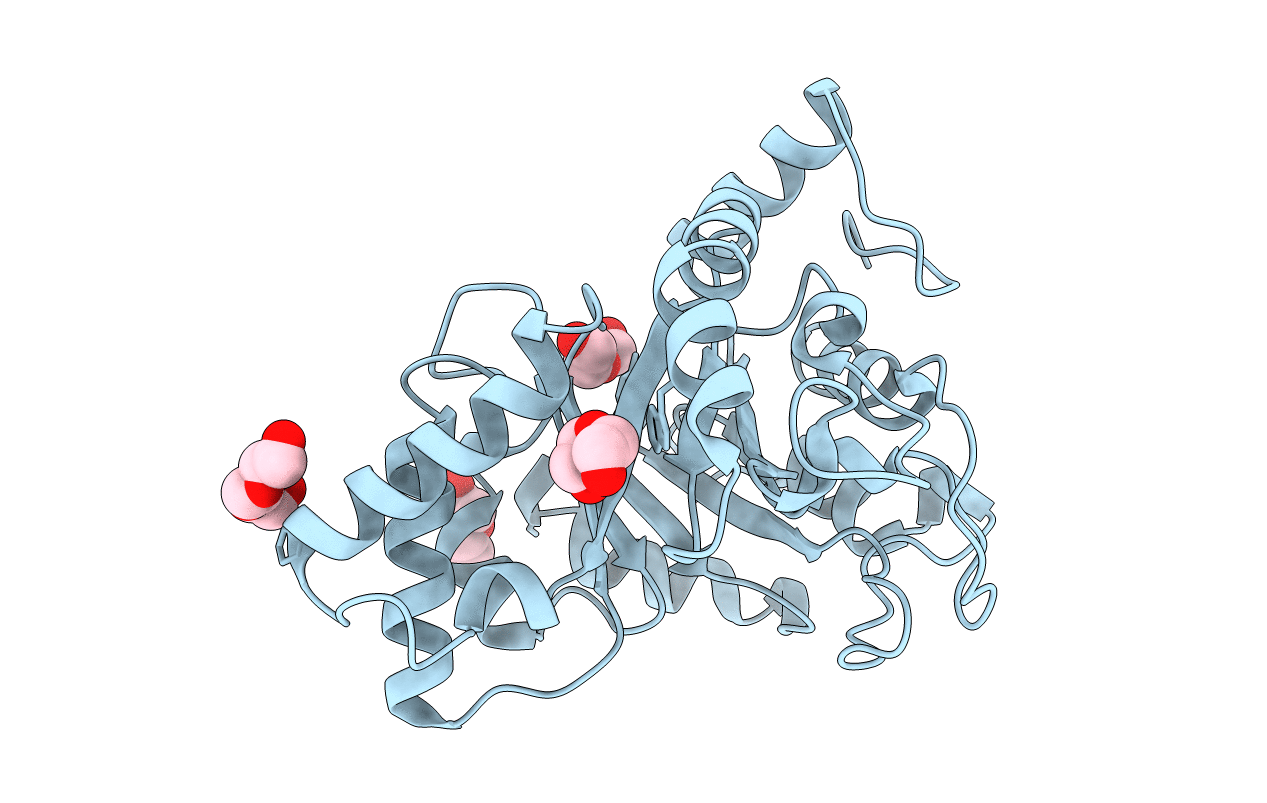
Deposition Date
2019-08-15
Release Date
2019-10-02
Last Version Date
2024-10-16
Entry Detail
PDB ID:
6KPL
Keywords:
Title:
Crystal Structure of endo-beta-N-acetylglucosaminidase from Cordyceps militaris in apo form
Biological Source:
Source Organism:
Cordyceps militaris CM01 (Taxon ID: 983644)
Host Organism:
Method Details:
Experimental Method:
Resolution:
1.75 Å
R-Value Free:
0.18
R-Value Work:
0.15
R-Value Observed:
0.15
Space Group:
P 65


